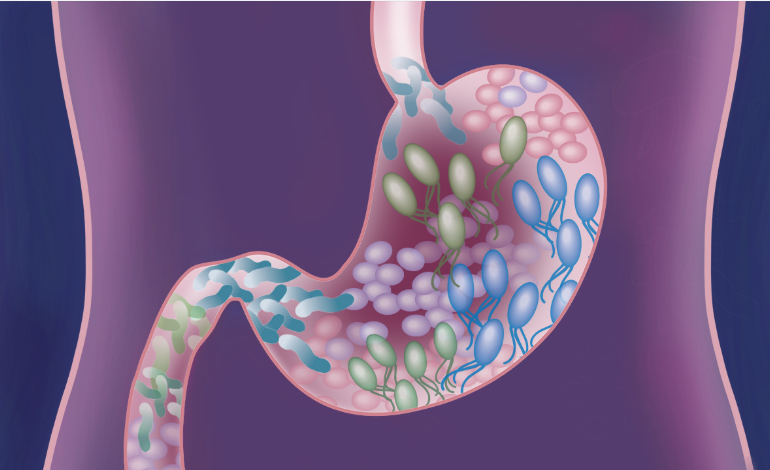
Vitamin B5 Deficiency: Causes, Symptoms, and Potential Health Risks

Vitamin B5, also known as pantothenic acid, is a water-soluble vitamin that plays an essential role in many bodily functions. Since your body can’t produce it on its own, you need to get vitamin B5 from your diet. Although vitamin B5 deficiency is rare, especially in developed countries, understanding its causes, symptoms, and potential health risks can help you identify and address it.
The Role of Vitamin B5
Vitamin B5 is vital for a variety of processes in the body. It is a precursor to coenzyme A (CoA), which is involved in many enzyme-related functions. Some of the key benefits of vitamin B5 include:
- Helping break down fatty acids
- Aiding red blood cell production
- Supporting the synthesis of cholesterol, steroid hormones, and essential fats
- Contributing to melatonin production and the metabolism of vitamins A, D, and hemoglobin
- Assisting in energy production from carbohydrates, fats, and proteins
Vitamin B5 also has antioxidant properties that may help reduce inflammation in the body, which is a factor in many chronic diseases.
Sources of Vitamin B5
Vitamin B5 is found in a wide range of foods, including:
- Beef, chicken breast, liver, and kidney
- Tuna and other fish
- Dairy products, eggs
- Fortified cereals and breads
- Mushrooms, avocados, nuts, and seeds
- Brown rice, potatoes, and oatmeal
- Broccoli
What Causes Vitamin B5 Deficiency?
While it’s rare to have a vitamin B5 deficiency if you’re eating a balanced diet, certain factors can increase the risk. Deficiency often happens in people with malnutrition or conditions that impair nutrient absorption. Some common causes include:
- Insufficient intake of fruits and vegetables
- High consumption of processed foods
- Conditions like hyperthyroidism, surgery, burns, or chronic diarrhea
- Pregnancy and breastfeeding
Certain genetic conditions can also lead to vitamin B5 deficiency. For example, mutations in the PANK2 gene can cause a rare disorder known as pantothenate kinase-associated neurodegeneration (PKAN), which impairs the body’s ability to process vitamin B5. Symptoms of this include muscle problems, spasticity, and loss of function.
Symptoms of Vitamin B5 Deficiency
A lack of vitamin B5 can lead to several symptoms, including:
- Fatigue, irritability, and restlessness
- Joint pain and headaches
- Digestive problems and low appetite
- Numbness or a burning sensation in the hands and feet
- Swollen, sore gums and loose teeth
- Dry, brittle hair and scaly skin
- Anemia and slower wound healing
How Much Vitamin B5 Do You Need?
Although there’s no established Recommended Dietary Allowance (RDA) for vitamin B5, the following are the recommended daily intake levels for different age groups:
- Infants (birth to 6 months): 1.7 mg
- Infants (7 months to 1 year): 1.8 mg
- Children (1-3 years): 2 mg
- Children (4-8 years): 3 mg
- Children (9-13 years): 4 mg
- Teens (14-18 years): 5 mg
- Adults (19 years and older): 5 mg
- Pregnant women: 6 mg
- Breastfeeding women: 7 mg
Testing for Vitamin B5 Deficiency
To determine if you have a vitamin B5 deficiency, tests like microbiologic growth assays or serum levels may be used. However, these tests are not commonly performed in routine clinical settings. Instead, blood or urine tests are more frequently used to measure vitamin B5 levels.
Is Vitamin B5 Toxic?
It’s highly unlikely to experience toxicity from vitamin B5, especially from food sources. Even with high doses of supplements (about 10 grams per day), side effects may include stomach upset and gastrointestinal discomfort. However, such a high intake is extremely rare.
Ensuring you get enough vitamin B5 through a balanced diet is key to maintaining good health. If you think you may have a deficiency, it’s best to consult with a healthcare provider.





